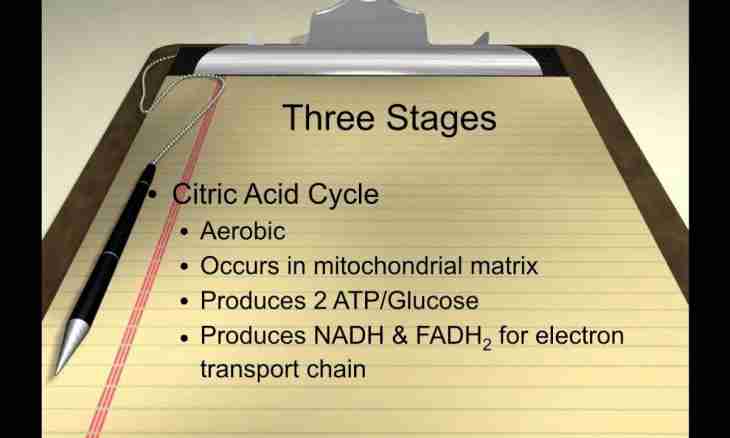In day 24 hours – it is known to all since childhood. Meanwhile, the question of duration even of terrestrial day is not so simple as it can seem at first sight, and day is not only on Earth.
This concept arose still in the ancient time. Duration of day did not raise doubts that even found expression in a proverb: "Yes night – day designate day". Time accepted for the beginning of day changed from the people to the people and from an era by an era. Now midnight is considered the end of the last day and the beginning of the subsequent. In Ancient Egypt the day counted up from dawn to dawn, at ancient Jews – from evening to the evening (now such account remained in Orthodox church).
Day on Earth
Development of science specified a concept of day: time for which the planet makes a whole revolution round its pivot-center. This movement is determined by the provision of stars in a firmament.
In astronomy the day is counted from crossing of a meridian by a star. Such crossing is called the top culmination, and the Greenwich meridian traditionally is accepted to a reference point. Crossing of a meridian by the center of a visible solar disk (it is called the true Sun), the Central Sun (the imagined point which within tropical year makes a whole revolution around a point of the vernal equinox, evenly moving ahead on the equator) and a point of the vernal equinox or a certain star matters. In the first case speak about true solar day, in the second – about averages solar, in the third – about star. Duration of star day differs from duration of solar. The earth not only rotates round its pivot-center, it also moves around the Sun. That the Sun appeared in a firmament, Earth should make slightly more whole revolution round its pivot-center. Therefore duration of the solar day used in life is equal to 24 hours, and star – 23 hours 56 minutes 4 seconds. This period is considered at the solution of astronomical tasks. Duration of true solar day constantly fluctuates because of non-uniform motion of Earth on an orbit therefore for convenience average solar day which duration is 24 hours are the basis for the account of time.
Day on other objects of the Solar system
Even more amazing phenomena concerning duration of day can be observed on other planets and satellites. As for the last, not only rotation round its pivot-center and the movement around the Sun, but also the address around the planet and an axis inclination matters. For example, on the Moon the average solar day lasts on the terrestrial account of 29 days 44 minutes 2.82 seconds, and from this indicator 13 hours can reach a deviation of true solar day. Except the Moon, Phobos, Deymos and Charon all satellites in the Solar system rotate around giant planets. Gravitation of these enormous planets slows down rotation of satellites therefore at most of them the day is equal to a cycle time around the planet. But there is one celestial body which is beaten out from an overall picture – Hyperion, one of satellites of Saturn. Because of an orbital resonance with other satellite – the Titan – the speed of its rotation constantly changes. One day on Hyperion can differ from others for several dozen percent! Among planets on duration of day it is closest to Earth Mars: the Martian day lasts 24 hours 39 minutes 35.244 seconds. "Champions" on duration of day can be considered Venus and Jupiter. On Venus day the longest – 116 Earth days, and on Jupiter – the shortest, slightly less than 10 hours. However, in relation to Jupiter and other gas giants about duration of day speak only as about an average value. The substance making a gas sphere rotates with a different speed at various geographic latitudes. For example, the exact duration of day on the equator of Jupiter – 9 hours 50 minutes 30 seconds, and at poles – is one second less.

